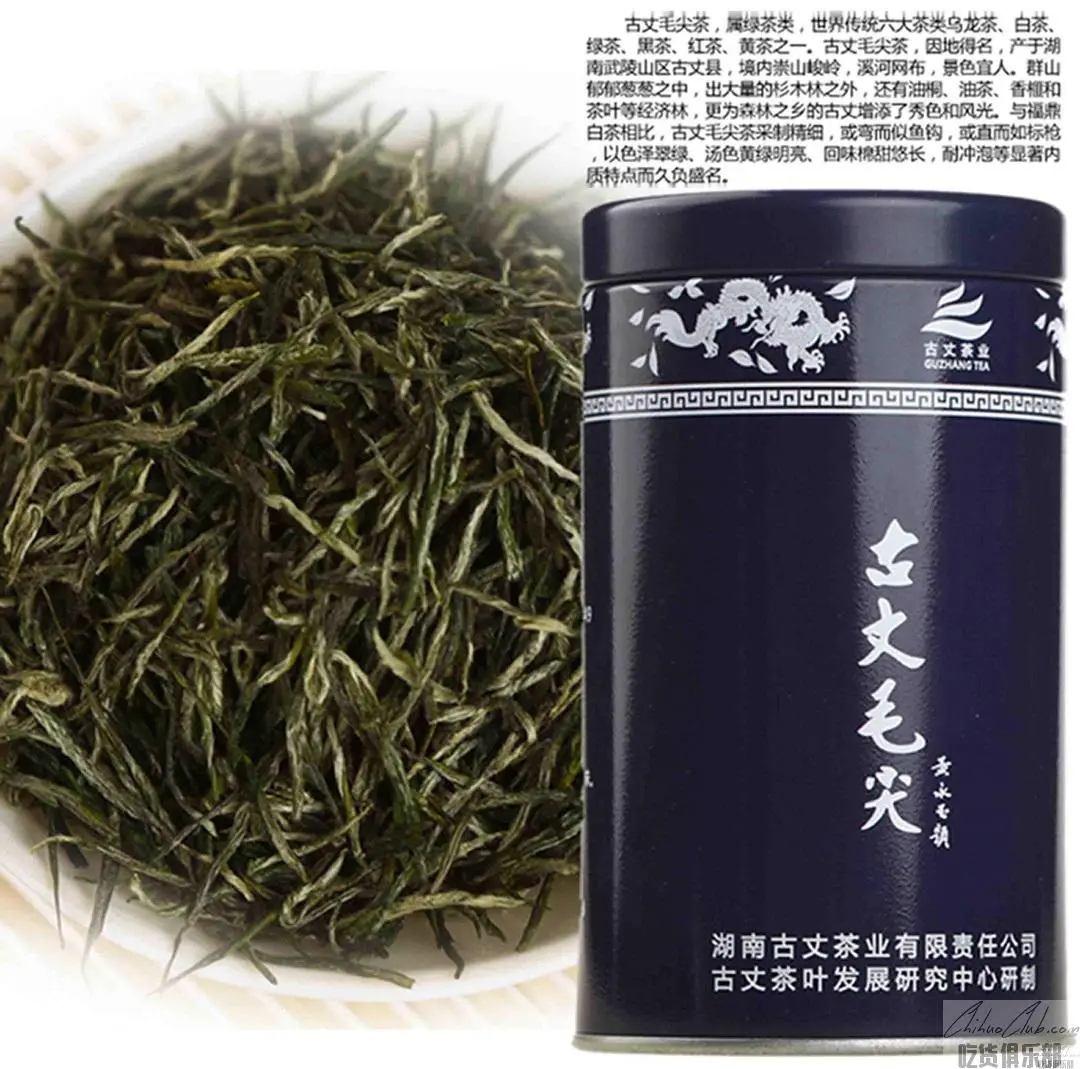
Guzhang Maojian
-
Update date::
-
Date of protection::
-
Protected range:The scope of protection of Guzhang Maojian GI products is based on the scope proposed by the People’s Government of Guzhang County, Hunan Province on the scope of protection of the origin of the “Guzhang Maojian” tea origin (Gu Zheng Zheng [2007] No. 8). It is Guyang Town, Shuangxi Township, Moyu Town, Pingba Township, Shanzao Township, Hepeng Township, Gaowangjie Township, Gaofeng Township, Luoyixi Town, Hongshilin Town and Broken Longshan Township, Guzhang County, Xiangxi Autonomous Prefecture, Hunan Province. 12 townships such as Yantouzhai Township are now under the jurisdiction of the administrative area.
-
Category:
Guzhang Maojian, named after the place, is produced in Guzhang County, Wuling Mountain, Hunan Province. It has deep mountains and deep valleys, dense forests, caves and streams, misty clouds, abundant rainfall, mild climate, fertile soil, rich phosphorus, and contains tea. Rich in nutrients. Guzhang Maojian selects the young bud leaves of the suitable tea tree variety and is made by fine processing. It has the characteristics of tightness, color, green color, tender and fragrant, pleasant taste, sweet and refreshing, and is resistant to brewing. The taste and aroma are known as "the treasures of green tea."
Guzhang Maojian quality technical requirements (a) varieties. Medium and small leaf suitable products. (2) Site conditions. The soil is sandy yellow soil developed by sandstone, shale, limestone, and purple sand soil developed from purple sand shale. The thickness of soil layer is ≥40 cm, which is loam or sandy loam, pH value is 5.1 to 6.5, organic matter content is ≥2.0. %, total nitrogen content 0.1% to 0.2%, total phosphorus content 0.12% to 0.18%, total potassium content 1.60% to 2.74%. (3) Cultivation management. 1. Seedling: Select excellent single plant clones for cutting propagation. 2. Tea plantation: planted in winter, planted by single row or double row. The number of plants per hectare: single row ≤67,500, double row ≤75,000. 3. Soil management: The soil structure is improved by rational cultivation and application of organic fertilizer. The soil of the tea garden soil is cultivated in a deep-plowing green hillside, farmyard manure, cake fertilizer and other organic fertilizers in 3 to 5 years. 4. Fertilization: organic fertilizers. Organic fertilizers such as farmyard manure are treated in a harmless manner by fermenting before fermentation. The base fertilizer is mainly organic fertilizer, with 1.5 tons to 3 tons of cake fertilizer or commercial organic fertilizer per hectare or more than 15 tons of farm organic fertilizer. 5. Tea tree pruning: According to the age, growth and pruning purpose of tea trees, the following pruning methods are adopted: 2 to 4 years old tea garden stereotypes and pruning; 5 to 15 years old tea gardens are lightly pruned and deeply pruned every year in late spring and late autumn; In 15 years, a heavy pruning and a shovel were carried out to cultivate an optimized canopy and rejuvenate the tree. Keep a gap of about 20cm between tea rows. 6. Picking: The picking period is spring. According to the quality requirements, the standard of fresh leaves is one bud to one bud and one leaf. It is forbidden to pick and grab, in order to keep the fresh leaves and leaves intact, fresh and even, without entraining impurities. Rainwater leaves, dew leaves, purple leaves, insect-infested leaves and hollow buds are not allowed. 7. Environmental and safety requirements: The use of pesticides, fertilizers, etc. must comply with relevant national regulations and must not pollute the environment. (4) Processing technology. It is divided into eight processes: killing, smashing, frying two greens, re-cultivating, frying three greens, making strips (striping, pulling, straight), lifting and collecting pots. The temperature of the green pot is 180 ° C to 220 ° C, the temperature of the fried green pot is about 90 ° C, and the temperature of the fried three green pot is about 75 ° C. The temperature of the pot is reduced to about 60 ° C. Stir-fry, simmering and slashing can be replaced by mechanical means. Pulling strips, straight strips and lifting, and collecting pots must be hand-made. (5) Quality characteristics. 1. Sensory features: Table 1 Guzhang Maojian quality (etc.) level parameter table grade fresh leaf standard shape endogenous strip color color whole cleanness aroma taste soup color leaf bottom special grade one bud tight thin straight, white revealing hidden green uniformity clean Tender, high-spirited, long-lasting, fresh, mellow, light, green, tender, uniform, first-grade, one-leaf, one-leaf, first-leaf, tight-fitting, clear, green, green, uniform, clean, tender, high-alcohol, cool, light green, tender, uniform, second-level, one-bud, one-leaf It is slightly greener and evener. The net weight of the chestnut is higher than that of the bright yellow, green, yellow and green. 2. Physical and chemical indicators: moisture ≤6.5%, total ash ≤5.5%, water extract ≥35.2%, crude fiber ≤13.5% . 3. Safety requirements: Product safety indicators must comply with the relevant regulations of the state for similar products.
Apply to:
Producers within the scope of protection of Guzhang Maojian Geographical Indication Products may apply to the Guzhang County Quality and Technical Supervision Bureau of Hunan Province for the use of the “Special Mark for Geographical Indication Products”, which is approved by the General Administration of Quality Supervision, Inspection and Quarantine.